Use These Bathroom Cleaning Tips to Remove Mold, Mildew & Hard Water Stains
Your bathroom probably sees the most foot traffic. Not only do you start your day there but you come full-circle to get yourself ready for bed and sometimes, a few times in between. It’s important to keep this room clean but it’s easy to forget how dirty the bathroom gets in a short amount of time. During the warmer months, mold and mildew stains add to the cleaning challenge. Here are some time-saving bathroom cleaning tips speed you through the process.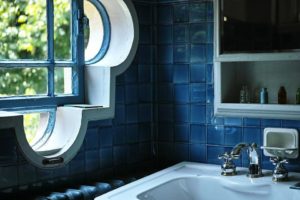
Bathtub and Shower
As the humidity level tends to fluctuate the most in your bathroom, it is easy for mold and mildew to form along edges and stain the caulking and tile grout. In order to avoid this from occurring, it is imperative to clean all those nooks and crannies. Using the sharp flat edge of a Scrigit Scraper cleaning tool, it’s easy to clean the edges of your bathtub to get rid of any soap scum, grime and mold that formed. Use the rounded tip to clean soap scum from the rounded surfaces of soap dishes. If you have a shower caddy, use your Scrigit Scraper to clean all those hard to reach areas that your towel or scrubber sponge might have missed. Be sure to go through the areas where your shampoos and soap bottles sit as that area tends to be a breeding ground for bacteria and mold. Use a grout brush or a toothbrush dedicated to cleaning tasks to further clean the tile grout.
Removing Mold and Mildew Stains
If your caulk and tile grout already have black stains, here is the secret for getting rid of the stains. Put equal amounts of chlorine bleach and hot tap water in a plastic cup. Start with ¼ cup of each. While wearing rubber gloves, quickly dip sheets of toilet paper into the bleach mixture and press elongated blobs of the wet paper onto the stained areas. Be careful not to get the bleach on your clothing or any other fabric. Turn on the bathroom fan or open a window. Let the blobs of paper sit on the surfaces for about a half-hour. Then carefully lift off the paper to see if the stains are completely gone. If they are still there, put the wet paper back on. You can also move the wet paper to other stained areas. Dispose of the used wet paper in the toilet or plastic bag to put in the trash.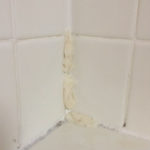
Sinks, Countertops and Toilets
After cleaning the sink with a wet rag or scrubber sponge and a liquid bathroom cleaner of your choice, take the flat edge of a Scrigit Scraper to go around the base of your faucet. Next, go around the countertop paying close attention to the edge close to the wall. Then use the rounded end of the tool to clean around the base of the toilet and the toilet seat hinge.
Hard Water Stains
If you have hard water in your area, you likely will have buildups of crusty white calcium carbonate around your faucets and drains. This is also known as hard water stains or lime scale. Use the same technique as described above for removing mildew stains but substitute white vinegar for the bleach. The vinegar soaked toilet paper will soften the crusty build-up. A Scrigit Scraper will then remove the softened lime scale without scratching the surface. Also, remember to clean the faucet aerator with the vinegar. See post.
Cleaning your bathroom is no easy feat. These bathroom cleaning tips will make the process faster and easier. Goodbye mold and scale, hello cleanliness!

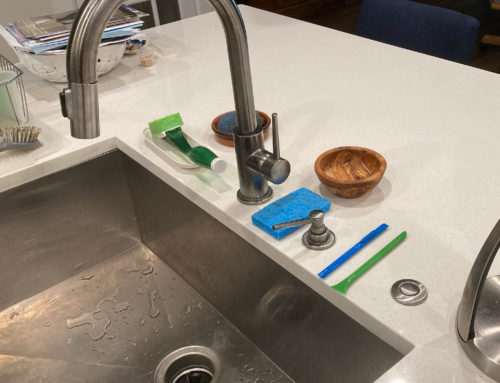
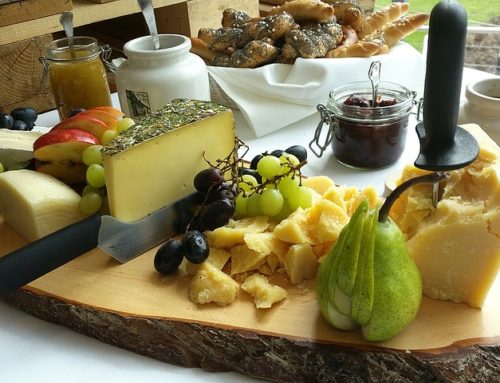
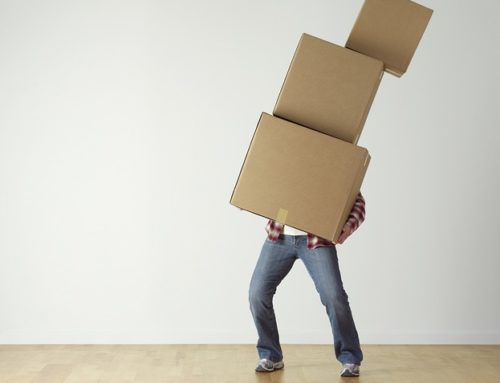
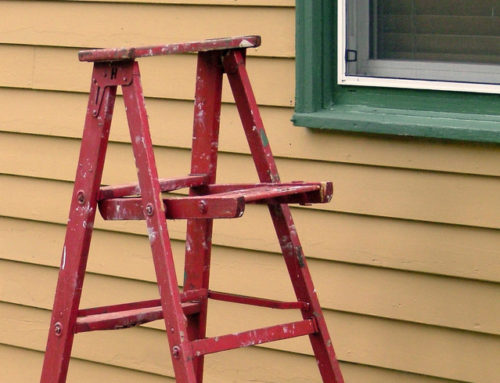
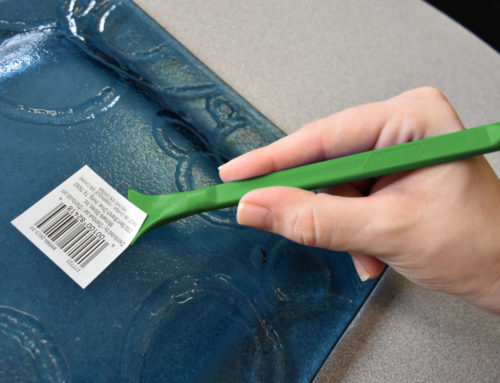
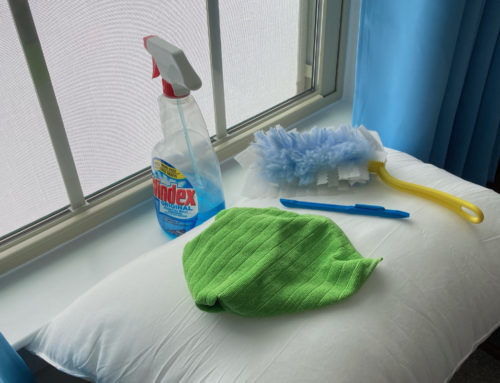
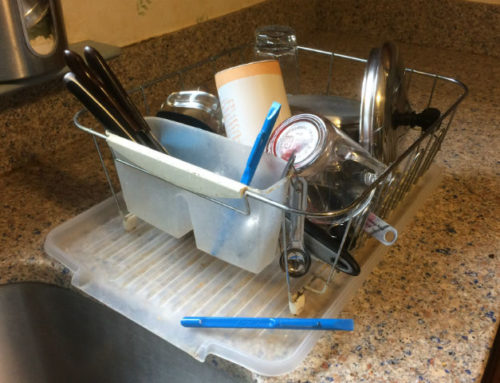
Leave A Comment